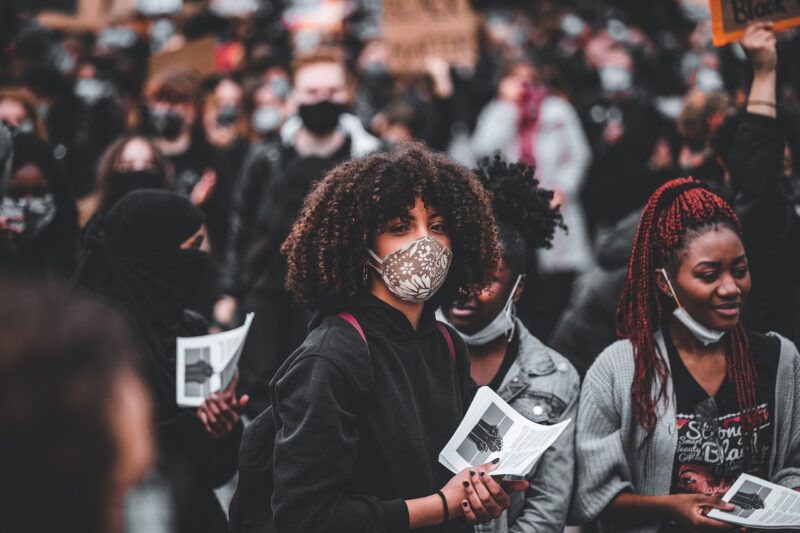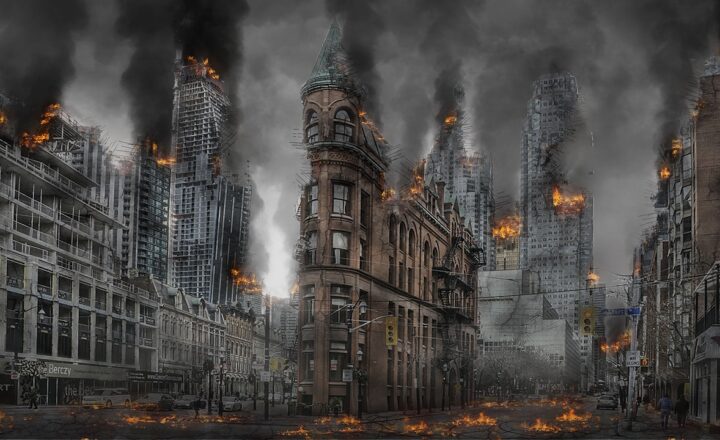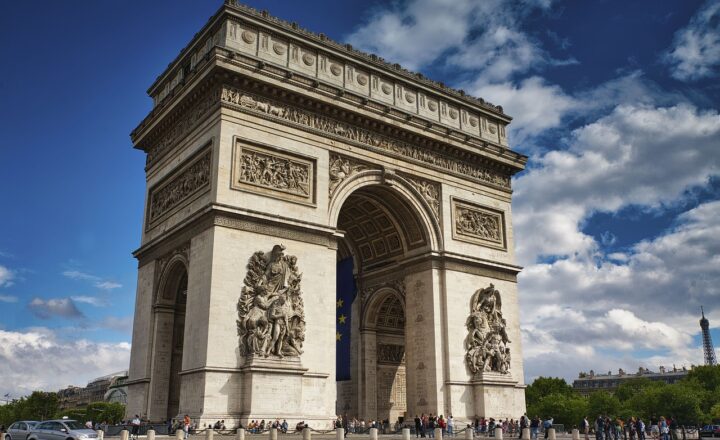The Strangest Coincidences in History That Shaped the Modern World
November 17, 2024

History is often perceived as a series of significant events meticulously mapped out in textbooks. However, beneath the surface lie bizarre instances of coincidences that have profoundly influenced the trajectory of humanity. From arbitrary decisions to accidents of fate, these strange coincidences shaped the modern world in unforeseen ways.
1. The Assassination of Archduke Ferdinand and World War I
The assassination of Archduke Franz Ferdinand of Austria in 1914 is well-known as the catalyst for World War I. What’s often overlooked is the extraordinary set of coincidences that led to this pivotal event. On June 28, 1914, Ferdinand’s motorcade took a wrong turn while traveling through Sarajevo. This mistake ultimately put him at the right place at the right time for Gavrilo Princip, a young nationalist, to carry out the assassination. This single bullet triggered a series of alliances and conflicts that engulfed the world in war.
Coincidentally, six previous attempts to assassinate Ferdinand had failed. The implications of his assassination were enormous, triggering a domino effect of declarations of war, reshaping national borders, and setting the stage for the modern geopolitical landscape.
2. The Miraculous Weather of D-Day
On June 6, 1944, Allied forces launched Operation Overlord, commonly known as D-Day, landing on the beaches of Normandy. For the success of this monumental operation, the weather played a critical role. In the days leading up to the invasion, meteorologists predicted poor weather that could have delayed the attack indefinitely.
However, on the eve of the invasion, a sudden break in the storm allowed for a favorable weather window. Coincidentally, General Dwight D. Eisenhower, the Supreme Commander of the Allied Expeditionary Force, had to decide whether to proceed based on uncertain weather predictions. The decision to go ahead marked a turning point in World War II and eventually led to the liberation of Western Europe from Nazi occupation.
3. Abraham Lincoln and John F. Kennedy: A Bizarre Parallel
The coincidences surrounding the lives and deaths of Presidents Abraham Lincoln and John F. Kennedy are so remarkable that they inspire rumors of historical conspiracies. Both presidents were elected to the U.S. Congress in ’46, and both were elected to the presidency in ’60. Each was succeeded by a vice president named Johnson – Andrew Johnson who was born in ’08, and Lyndon Johnson who was born in ’08.
Additionally, both men were assassinated on a Friday, and their assassins were known by three names (John Wilkes Booth, Lee Harvey Oswald) and each had three syllables in their names. The alleged motives, locations, and elements surrounding their deaths blend into a tapestry of coincidences that continue to fascinate historians and conspiracy theorists alike.
4. The Sinking of the Titanic and the Novel ‘Futility’
In 1898, a novel titled ‘Futility’, or ‘The Wreck of the Titan’, was published by Morgan Robertson. This fiction piece eerily predicted the sinking of a gigantic British ocean liner named Titan, which collided with an iceberg in the North Atlantic. Fourteen years later, the RMS Titanic sank under remarkably similar conditions.
Fatefully, both ships were deemed ‘unsinkable,’ and both sank during their maiden voyages, resulting in considerable loss of life. This coincidence led to theories suggesting that the author, Robertson, had somehow foreseen the tragedy—a notion that reflects upon the themes of narrative and consequence within history.
5. The Race Against Time: The Atomic Bomb & The War of the Worlds
Orson Welles’ 1938 live radio broadcast of H.G. Wells’ ‘The War of the Worlds’ aired just one week after the scientists at Los Alamos successfully tested the first atomic bomb. Coincidentally, both events reflected fears of invasion, science gone awry, and human response to catastrophic possibilities. While the broadcast caused mass hysteria among listeners who believed an actual invasion was taking place, the atomic bomb ignited fears that still echo through modern societies today.
The confluence of art, science, and societal terror epitomizes the unpredictable nature of historical events that shape our collective doctrine.
Conclusion
The exploration of strange coincidences in history reveals not only the unpredictability of life but also how single moments can alter the course of human events. Each of these incidents serves as a reminder that luck, chance, and randomness play significant roles in shaping the modern world.
As we continue navigating our historical and contemporary challenges, it’s worth pondering what unforeseen events lie ahead—perhaps the next great coincidence is just around the corner, waiting to re-write history once more.








